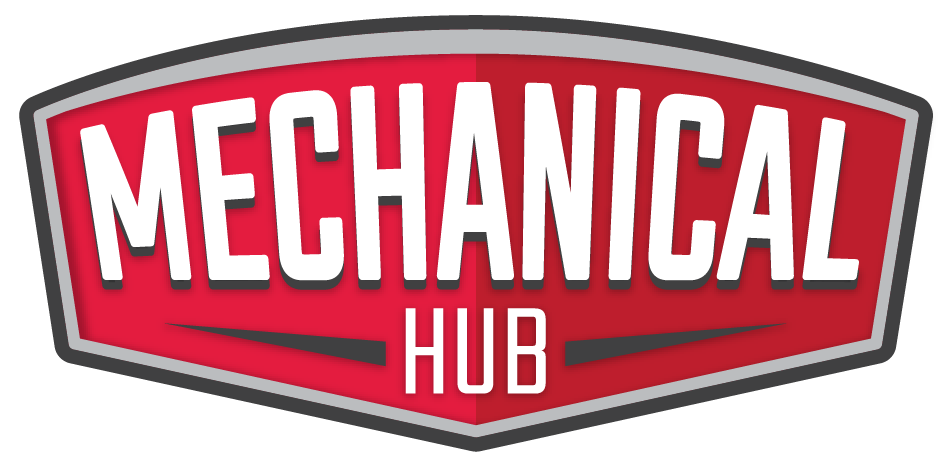In 2023, 2.6 million people in the US faced workplace injuries and illnesses. The Bureau of Labor Statistics reported that over 5,000 people lost their lives to accidents – many of which were avoidable.
OSHA, i.e., the Occupational Safety and Health Administration, has long played a vital role in preventing such tragedies. The organization lays down guidelines to make workplaces safer across sectors, from construction to manufacturing. However, all that may change in America’s new political reality.
The turbulent socio-political landscape in the US presents many challenges for contractors across industries. Sectors like construction and manufacturing are at greater risk due to the inherent nature of the tasks involved. Tied to this chaos is the overall growth of businesses and the prospects of employees and their families.

Is OSHA Under Threat?
Recently, Congressman Andy Biggs introduced a bill to abolish the OSHA: the Nullify Occupational Safety and Health Administration Act.
The bill argues that federal “meddling” in workplaces impedes growth. Further, it claims that OSHA’s rules are harsher for states with hotter climates, preventing optimal outdoor work.
One should note that heat-related illnesses are an established problem globally. The Center for American Progress finds that workers in construction sites and warehouses face more heat exhaustion and stroke incidents, especially with rising temperatures linked to global warming.
Supporters of nullifying OSHA argue that the regulations may be too stringent, stifling economic progress. The push for budget-cutting comes from the Department of Government Efficiency, led by Elon Musk.
Recently, the department shut down the US Agency for International Development (USAID). The move has faced plenty of controversy, with a federal judge ruling it likely unconstitutional.
It won’t be far-fetched to surmise that OSHA’s funding cuts may be in response to the agency’s past treatment of Elon Musk-led companies. OSHA has investigated several safety concerns at SpaceX and Tesla. After a worker died in Tesla, Texas, OSHA asked the company to pay a fine of $50,000. Tesla faced questions about inadequate protection against electrical and falling hazards.
Talks have also been rampant about cutting OSHA’s funding or budget allowance. The argument is that these budget cuts will promote economic growth in the country.
The Impact of Sidelining OSHA
The most dangerous impact will be on workers’ health and safety. Without adequate funding, the organization will struggle to partner with companies to ensure compliance with safety standards. Preventable accidents and deaths will mount, causing emotional and financial losses.
The present situation is troubling for contractors whose work requires a high degree of safety. A construction contractor cannot work peacefully if their team is susceptible to risks of falling and getting hurt from non-compliant equipment. Failing to label toxic chemicals and other common OSHA violations leads to several mishaps annually.
Another tangible effect of ignoring OSHA will be the rising number of worker compensation claims. Over time, the financial burden on companies will be immense. According to Conn Maciel Carey LLP, firms should follow a proactive compliance strategy. It can reduce accident rates and insurance premiums, besides improving the morale of the staff.
Moreover, one must note that the downtime due to workplace injuries will suppress economic growth. It goes sharply against what the proposed nullification of OSHA is supposed to promote.
Promoting Workplace Safety in a Turbulent World
Amid these developments, contractors will need additional caution to keep their teams safe. For example, they must prioritize training the workforce on safety protocols.
The 2024 World Risk Poll reported that 62% of the global workforce has never received workplace health and safety training. While it is alarming in itself, there’s more: people who don’t get training are less likely to report injuries and harm when they do occur.
Contractors must advocate for integrating safety throughout the business, encouraging managers to view it as a performance driver, not a constraint. A Harvard Business Review feature recommends that companies identify safety metrics and establish practices to improve safety in the workplace.
For example, a confidential hotline can allow workers to report violations without fear. Managers’ incentives can link to how well their team members follow preventive safety measures, like using outdated machinery.
Another potent approach is conducting expert-led safety audits. It can help your company identify areas of non-compliance, such as a specific facility or equipment. Accordingly, you can take immediate action to prevent an accident emanating from the risk.
Proactive measures are paramount to keep employees safe in stressful work environments. Basic steps like offering personal protective equipment can avoid respiratory problems in manufacturing facilities. Likewise, holding routine health evaluations can warn you of possible concerns like asthma.
Only time will tell how OSHA will fare in the US’s current environment, so precarious and volatile. However, one cannot deny that being lax about workplace safety can only be damaging for all stakeholders.
These times mandate greater vigilance and responsiveness from contractors. They must champion uncompromised safety for their teams, more so when the outside world places it on the backburner.




Join the conversation: